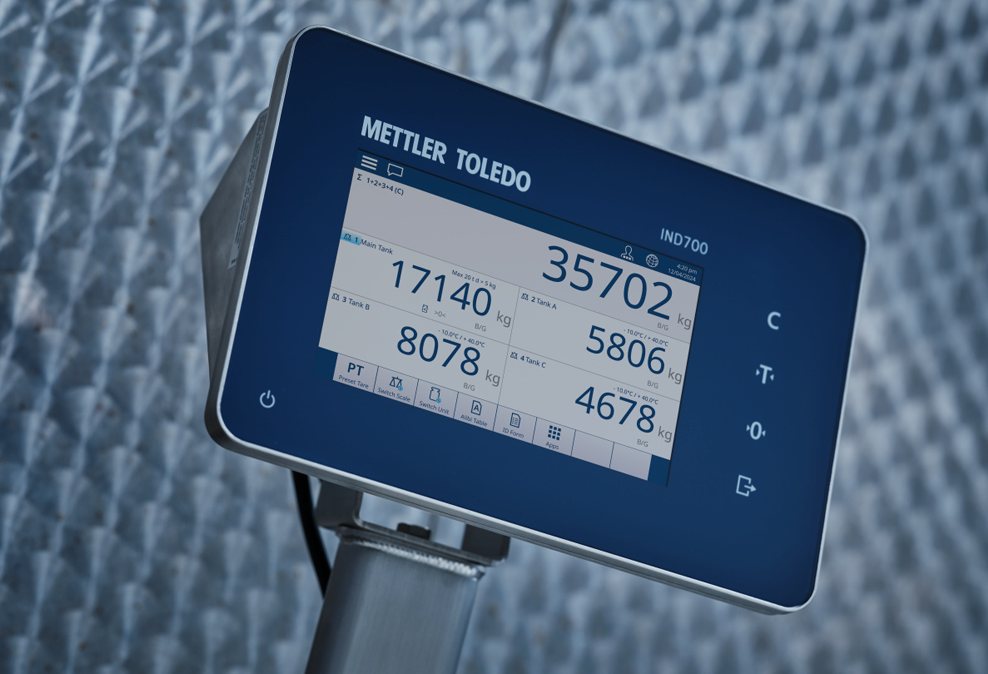A weight indicator is an electronic device that receives weight measurements from load cells and displays the weight on a digital or analog screen.
Here is how a weight indicator works for tanks, silos, hoppers, or bins:
- Load cells are installed in the structure that needs to be weighed, such as a tank, silo, hopper, or bin. The load cells are designed to convert the weight of the structure and the material it contains into an electrical signal.
The electrical signal from the load cells is sent to the weight indicator through wiring or wireless communication.
The weight indicator takes the signal from the load cells and converts it into a readable weight measurement.
The weight measurement is displayed on the weight indicator's screen. The weight indicator may also have additional features such as alarms, data storage, and connectivity options to other devices such as computers, printers, or networks.
The weight indicator can be calibrated to ensure the accuracy of the weight measurement by adjusting its settings based on the load cells and the environment it is placed in.
Overall, a weight indicator provides an easy and efficient way to monitor the weight of structures and materials, which is useful for a wide range of applications such as inventory management, production control, and quality assurance.




